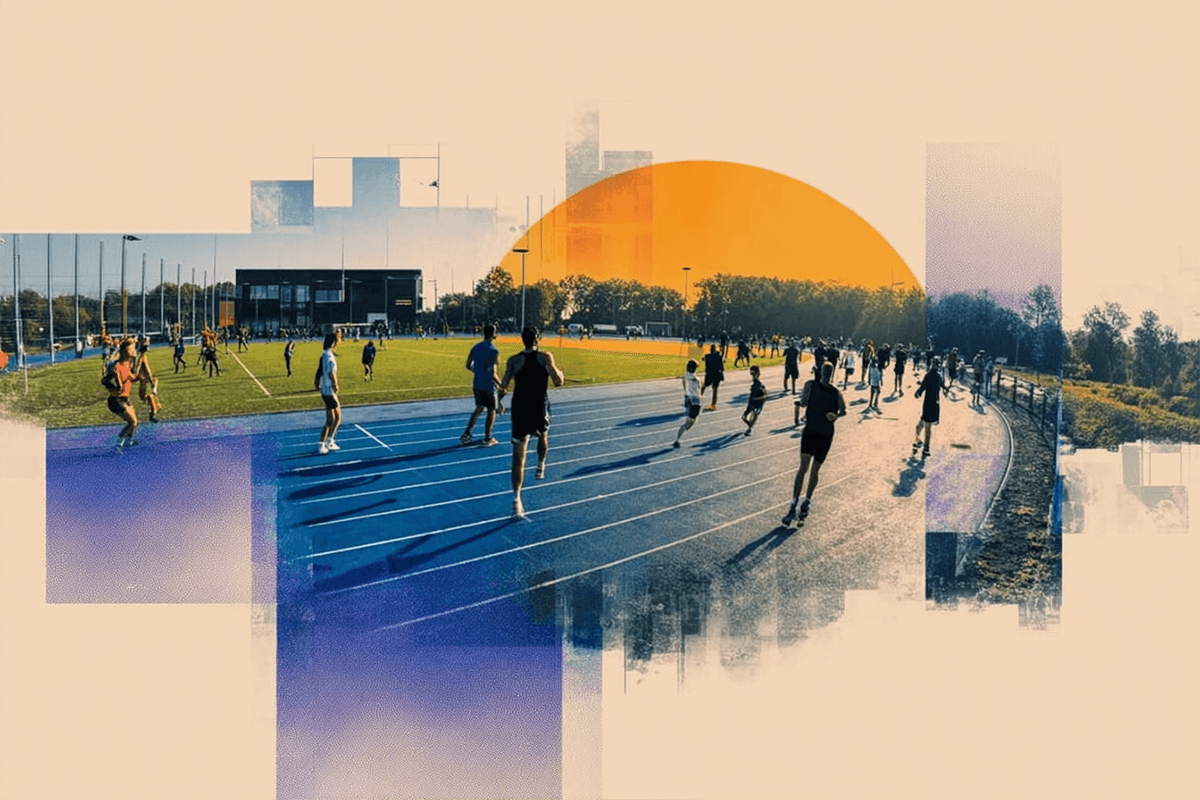
Table of content
Ask
The newest addition to NS's services is the TIER electric shared bicycle, which has been available since June 2023 for customers travelling with an NS Business Card.
NS asked fresk.digital to find out if there are friction points in the new customer journey, to prevent issues for customers during the rollout of the integration with TIER. With this validation, friction points can be solved before the final rollout.

Answer
The best way to find out how to improve the user experience is through user research. This helps us gain insights into the possible contextual and service issues the integration could have. These insights can then be translated into concrete next steps for improvement, optimising the app and improving the user experience.
In practice this meant testing the integration in the “real world” with real people. Interviewing them, observing them and learning from their experience with the integration.
→ Want to fully understand your user’s experience? Read “From shadowing sessions to action points: Customer Journey Mapping at fresk.digital”.

Way of working
Before testing we created a shared vision, established research goals and formulated hypotheses for the research with the NS Reizigers-team through a kick-off and workshop session.
After that, we followed our Continuous user involvement methodology: the ongoing involvement of users during the various stages of a project to gain more insights into their needs to validate the concept. Within this methodology we took surveys, did shadowing sessions with participants, scenario testing and applied analytics.
The research was done with a sample group of 60 participants.
Our research approach was twofold:
1. Open Field Test
We validated users' behaviours in a natural setting. The participants were asked to use a TIER ebike through the NS app. We asked them to record their findings through a questionnaire they could access during their test ride. It allowed us to collect a total of 70 feedback forms related to the integration and the use of it, as some of the participants took several rides.

2. Scripted Field Test
Based on our learnings of the open field test and the issues and flows we encountered, we created a predefined scenario. This was tested in person with a selected group of participants in 2 rounds .
It was an iterative validation, which means we applied this approach twice with 2 different sets of participants. This allowed us to take findings from the first test, sharpen them. revalidate them in the second test and either confirm or disprove the hypothesis. We gained valuable evidence on the next steps to take.
{{Quote-component}}
Result
The research resulted in a set of user-centred insights and action points, prioritised based on urgency and impact on the travellers user experience, to use for improving the user experience of the integration before the final rollout to all their business customers.
Heading
Lorem ipsum dolor sit amet, consectetur adipiscing elit. Suspendisse varius enim in eros elementum tristique. Duis cursus, mi quis viverra ornare, eros dolor interdum nulla, ut commodo diam libero vitae erat. Aenean faucibus nibh et justo cursus id rutrum lorem imperdiet. Nunc ut sem vitae risus tristique posuere.
“fresk.digital connects their knowledge of shared mobility to their experience, energy and flexibility in the field of user research. Thanks to these qualities, we were able to make the step from the first pilot to launch for our business customers in a short period of time. Very nice!"











